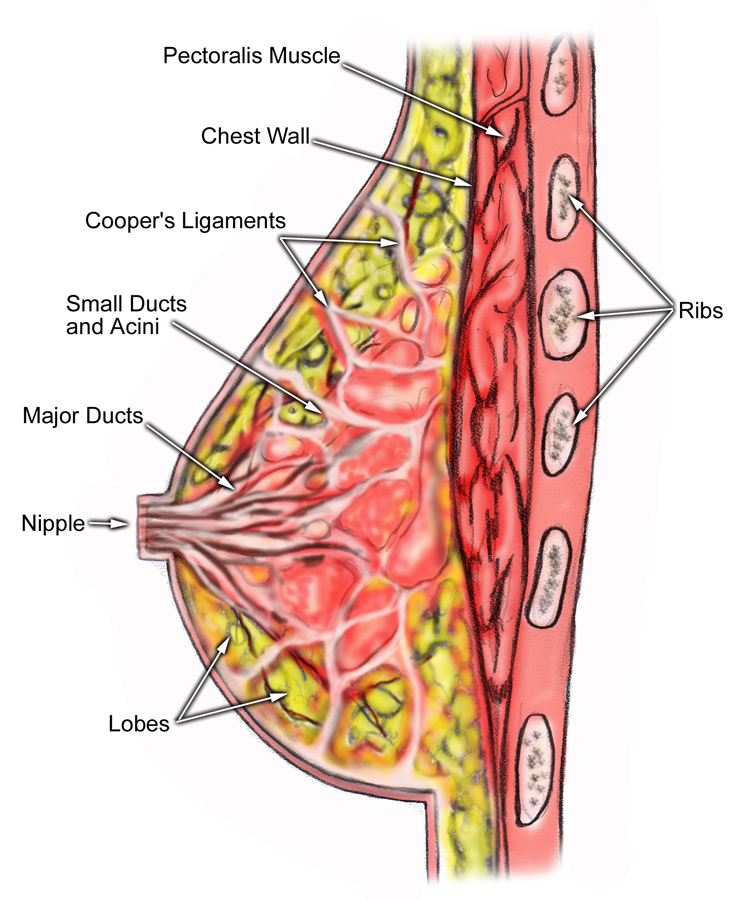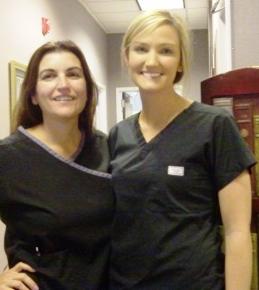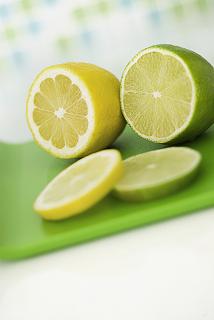 The question below is answered by Charleston breast surgeons Dr. James Craigie and Dr. Richard M. Kline, Jr., of The Center for Natural Breast Reconstruction.
The question below is answered by Charleston breast surgeons Dr. James Craigie and Dr. Richard M. Kline, Jr., of The Center for Natural Breast Reconstruction.
What is the difference between breast reconstruction and augmentation?
Breast augmentation is when you increase the size of a normal healthy breast, almost always with saline or silicone gel implants.
Breast reconstruction is restoring the form of a breast that has been damaged, partially removed, or completely removed. Breast reconstruction is almost always done after treatment for breast cancer, although there are some birth defects that can result in the need for breast reconstruction. Breast reconstruction can be performed with implants (the same ones used for breast augmentation), or with the body’s own excess tissue (usually from the abdomen or buttocks), thus avoiding the need to place foreign objects in the body.
What are the pros and cons of a DIEP versus a TRAM flap reconstruction?
The primary advantage of DIEP flaps over TRAM flaps is a far greater potential for preservation of rectus abdominus muscle function, since no muscle is removed with a DIEP, yet one or both rectus muscles is obligatorily completely sacrificed with every TRAM flap. Additionally, since the muscle does not need to be tunneled under the skin to reach the breast area with a DIEP, the shape of the inferior region of the breast can be better defined.
The primary advantage of the TRAM flap over the DIEP flap is that it can be done by one surgeon who does not have the skills or equipment (microscope and special instrumentation) to perform a DIEP flap. While TRAM flaps can sometimes be performed more quickly than DIEP flaps, this is not always the case, and is very dependent upon the skills and experience of the surgeon. In our practice, DIEP flaps are always performed with two fully-trained perforator flap surgeons present, which we believe contributes greatly to the success and timely completion of the surgeries.
Why don’t more plastic surgeons offer the DIEP procedure?
When the DIEP flap was originally presented by Dr. Robert Allen in the 1990s, it was frequently criticized as being too difficult for many surgeons to learn to perform easily. While many more surgeons now offer the DIEP flap, it is still more technically demanding for the surgeon than many other procedures, and can be quite difficult to learn without spending significant time with another surgeon who has considerable experience with the operation.
Do you have a question for the breast surgeons of The Center for Natural Breast Reconstruction? If so, we’d love to hear from you. Click here to ask us!














